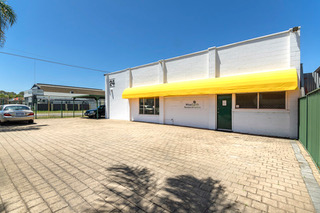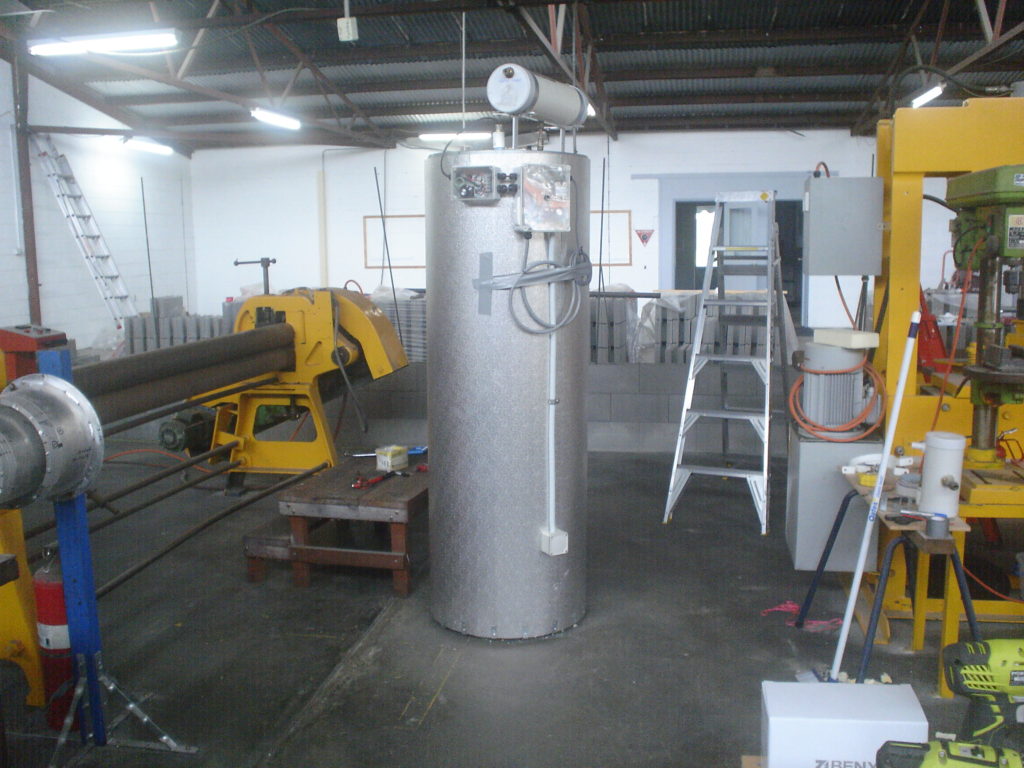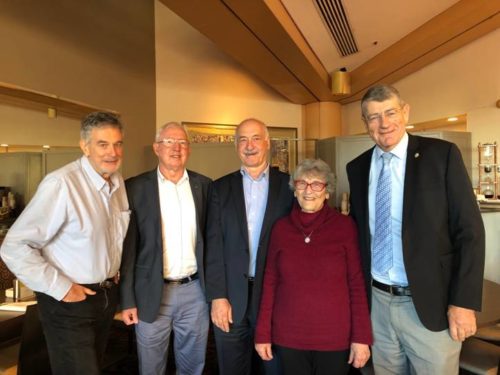Garry Baverstock AM, former President of the WA branch of the ISES and ANZSES, founder of solar-e.com.
The State of Western Australia has many attractions and in many ways provides a great lifestyle, though a little dull at times due mainly to a lack of population, business action and strategic placement of higher density living.
Mining-opia
It is changing for the better slowly in most cases, but in the non-mining sector many industries have gone to the wall, closed down or moved overseas. My father was a lead confectioner with Plaistowe and Co, a WA company which was renowned for their sugared almonds, chocolates and licorice products, many supplied to the East Coast as well as overseas. It didn’t survive the wage hikes of the 1970s and closed down in 1983 or so. Many other healthy WA industries in all fields seemed to have died on the vine since, due to wage costs, globalization, or a lack of WA government support for innovation.

WA Solar History
In the 1940s -1960s solar industry entrepreneurs such as Ron Brown of Sola-Ray, and Clarry Small of ‘Smalls Solaheeta’ were leaders establishing the industry concurrently with and eventual domination by Solahart, Edwards hot water systems. I was involved with copper systems for 2010 to 2012 an evolution of the Smalls systems. I started by investigating Sola-Kleen in detail and eventually involved as a joint owner before closing it down due to a lack of viability. It was an attempt to save the industry and keep solar water heaters being made in WA. Since then most WA based manufacturing for solar water heating has disappeared.

Federal Government Rebate Scheme
Thanks to the brilliant and very effective Commonwealth Tax rebate scheme we were able to reinvent the product for application to the PV industry. This was seen as the only way to keep the industry alive. It meant greatly improving the performance and reducing manufacturing costs. While at this process we as a team invented a new solar air conditioning system that also runs on PV.
Due to a lack of interest in WA which I put down to an overly and unhealthy emphasis on mining innovation, I have had not been able to easily attract capital, nor any innovation grants for IP registration etc. Also there has been no obvious interest for manufacturing interest here.
UniSA
My colleague Em Prof Wasim Saman, head of R&D at the School of Engineering at UniSA saw merit in the inventions in built form and backed by physics, engineering calculations and data collected. In 2017 we contracted the university to do independent testing. Since then further improvements have followed. Since 2014 three peer reviewed papers were produced that analyzed the state of solar water heater industry in Australia. This information assisted with not only infirming the whole industry but help our R&D program with useful feedback on the state of the industry and consumer sentiment towards it.

Colleagues in SA including Prof Wasim Saman of UniSA centre, former world Solar energy Society President Monica Oliphant, plus Rick Carter of the Space centre and high ranking EPA officer Roscoe Shelton in May 2019 discussing Climate Change and solar energy
Patent Process
With Patent Cooperation Treaty approval for novelty, inventiveness and industrial applicability we have proceeded with registering our patents globally.
In January we will be meeting the UniSA again to progress with the commercialization phase for both products as well as meeting potential JV manufacturing partners in Adelaide and in Melbourne.
The use of thermal inertia storage is the key to both technologies and will avoid the current high costs of battery storage added to PV which will eventually come down to 15c/kWh once the long life Li – ion batteries come on stream and will be equal to of peak grid supply costs. Thermal inertia storage will be below 2 c/kWh so it will always be a precursor for determining when to use battery storage, even at the lowest life cycle cost as presented in my WREN Conference paper in 2016.
Turning Point for the Solar Industry
2020 looks like being a turning point or solar becoming more mainstream and more importantly much smarter. There are issues such us quality which need to be addressed. But solar energy and wind has an unhindered path to be supplying 25 – 50% of global electrical energy.
We predict that the next generation of householders will finally adopt passive solar design principles for their houses and retrofitting existing plus use smart technologies such as ‘SolaTank’ hot water systems and ‘MassLinc’ air conditioning. This will save about 25% emissions in the total building sector by the end of the century, preferably sooner. With adoption of solar powered cars and heavy transport it looks like another 15% could be added to possible emissions savings.
Climate Change Consequences
Prof. Ross Garnaut (in Australia) predicted 90% savings were needed by the end of this century, but the impacts of Climate Change is hitting harder and earlier than thought. Therefore we need to move much faster now. Achieving 40% savings for the total built environment is highly possible and easy actually (say by 2050). Of course so many other measures for farming, population growth, regenerating natural environments including the oceans should make the end of century target possible but much earlier.
Don’t blame the solar industries. We are the heavy hitters providing a clean energy future for the next generations. With entrepreneurs such as Elon Musk taking over it is time for old fogies, including, laggards, luddites, and Climate Action deniers to get out of the way and let smart industries take control and save life (including humanity) as we know it on planet earth. The Solar Council has a big job from hereon.
JV Vision
In 2020 a JV for manufacturing between WA and South Australia or Victoria is our goal. As they say 50% of something is better than 100% of nothing. I am happy to be able to contribute 25% of the global solution using our technologies.





